Can You Cut Speaker Wire? (Guide, Length, Quality)
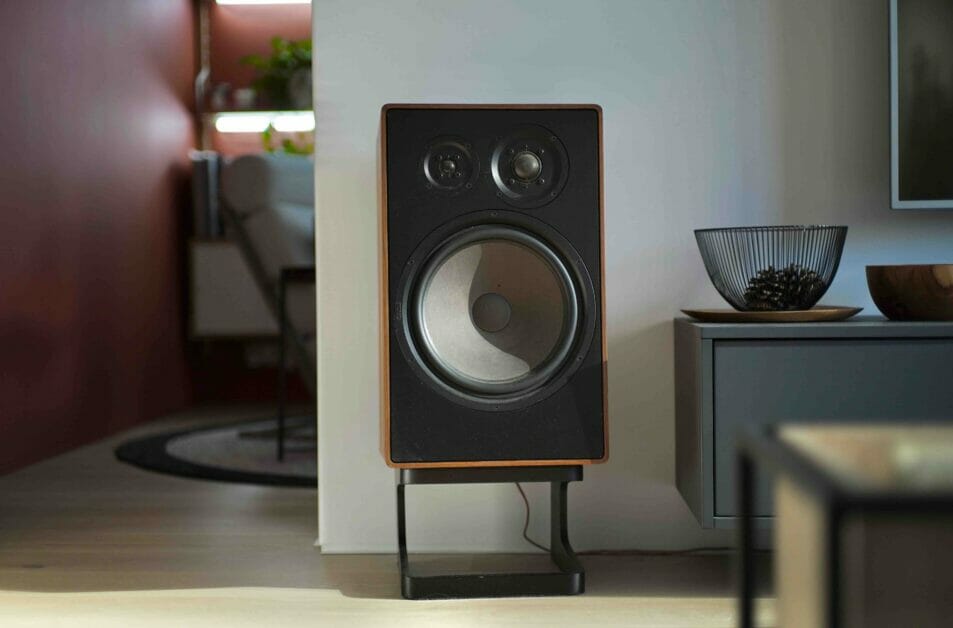
So, you’re wondering if cutting speaker wire is possible?
The answer is a resounding yes! But don’t run for your scissors yet—there’s more to it. It can be cut to adjust its length or split connections. When cutting, ensure a clean, straight cut. After cutting, strip away a portion of the insulation to expose the wire, then connect it to your device. Always use appropriate tools for safe and efficient results.
In this article, we’ll dive into all the ins and outs of cutting speaker wire without compromising sound quality. Stick around, and let’s get those wires sorted out together!
The Science Behind Cutting Speaker Wire
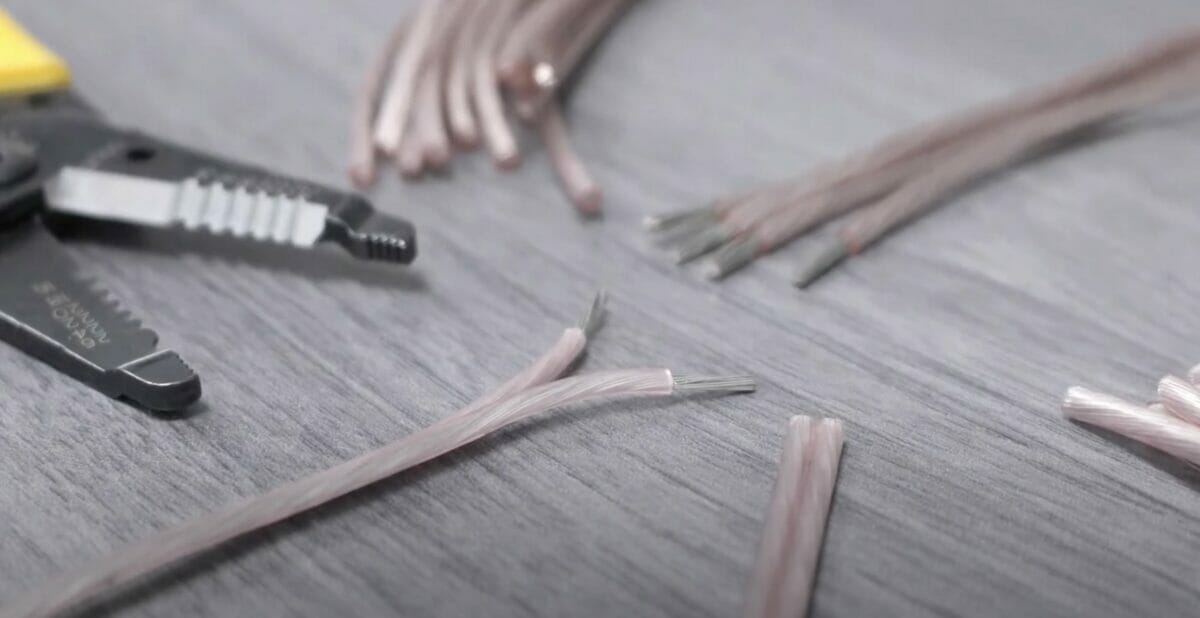
A speaker wire is an electrical conductor connecting your speakers to an amplifier or receiver. They come in different shapes and sizes, but they all have one thing in common – they’re designed to transfer audio signals from point A (your sound system) to point B (your speakers).
Now, onto the burning question: Can you cut it? In short, yes! You absolutely can. But don’t just take scissors and snip away without knowing why or how! That’s where we need to dig a little deeper into the science.
Cutting speaker wire isn’t like chopping through a piece of string; there’s more nuance involved. Why so? Remember when I said speaker wires are conductors for audio signals?
These signals are electrical currents flowing through the copper strands inside your wires. When you cut, you create two brand-new endpoints for these currents to flow toward.
So yes, cutting your speaker wire won’t damage your equipment or affect its performance – as long as you do it right! Here are some quick tips:
- Make sure your equipment is turned off before cutting: This might seem obvious, but it’s important enough to mention anyway. Safety first!
- Use sharp tools: Clean cuts can prevent unnecessary damage.
- Strip back insulation carefully: After making your cut, strip back the plastic covering on each end of your newly shortened wire.
- Ensure good connections: When reconnecting the wires to their respective devices, ensure proper contact between the bare ends of the wires and connection points.
Why Would You Want to Cut Speaker Wire?
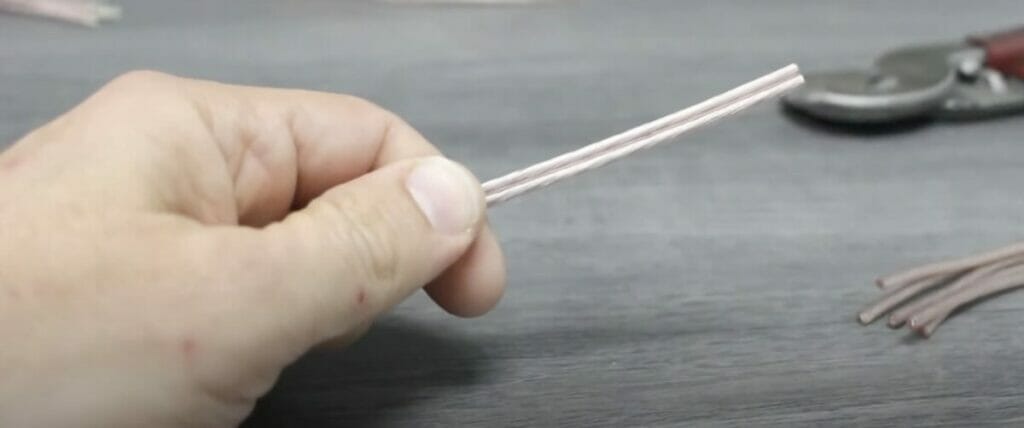
This might be necessary for quite a few reasons.
Installation
First off, let’s chat about the most common reason – installation. For example, when setting up your new surround sound system in your living room, the standard length of speaker wire might not always be the perfect fit for your space.
Sometimes, it’s too long, and other times, it’s too short. You’d have to cut your speaker wire to fit just right in these cases.
Repairing Damaged Wires
Secondly, repairing damaged wires is another big reason. Over time, wires can get frayed or worn out (especially if you have pets who think they make tasty snacks!). If only a section of the wire is damaged, cutting and replacing that part instead of buying an entire new set can save you some cash.
Customization
Then there’s customization. Maybe you’re an audiophile wanting to experiment with different types of wires or connections to create your unique sound experience.
Organization and Neatness
And lastly, organization and neatness! Nobody wants a bird’s nest full of wires behind their entertainment center – what a mess! Cutting your cables down to size means less clutter and more ‘oohs’ and ‘aahs’ from impressed guests!
Risks Involved in Cutting Speaker Wires
Let me tell you, it’s not all sunshine and roses. There are quite a few risks involved, which we’ll be discussing, so hang tight!
- Poor Sound Quality: Cutting can damage or fray internal wires, compromising sound clarity.
- Electrical Short Circuit: Exposing and touching bare wires can cause sparks, risking damage to speakers and potential fires.
- Bad Stereo Imaging: Mixing up color-coded wires can result in reversed polarity, affecting stereo sound.
- Exposure to Live Electricity: Cutting can lead to electric shock or burns if power isn’t turned off.
Don’t get me wrong; cutting speaker wire isn’t always a bad idea – sometimes it’s necessary for setups or repairs. However, knowing these risks should make us more cautious when handling them.
Step-by-Step Guide: How to Safely Cut Your Speaker Wires
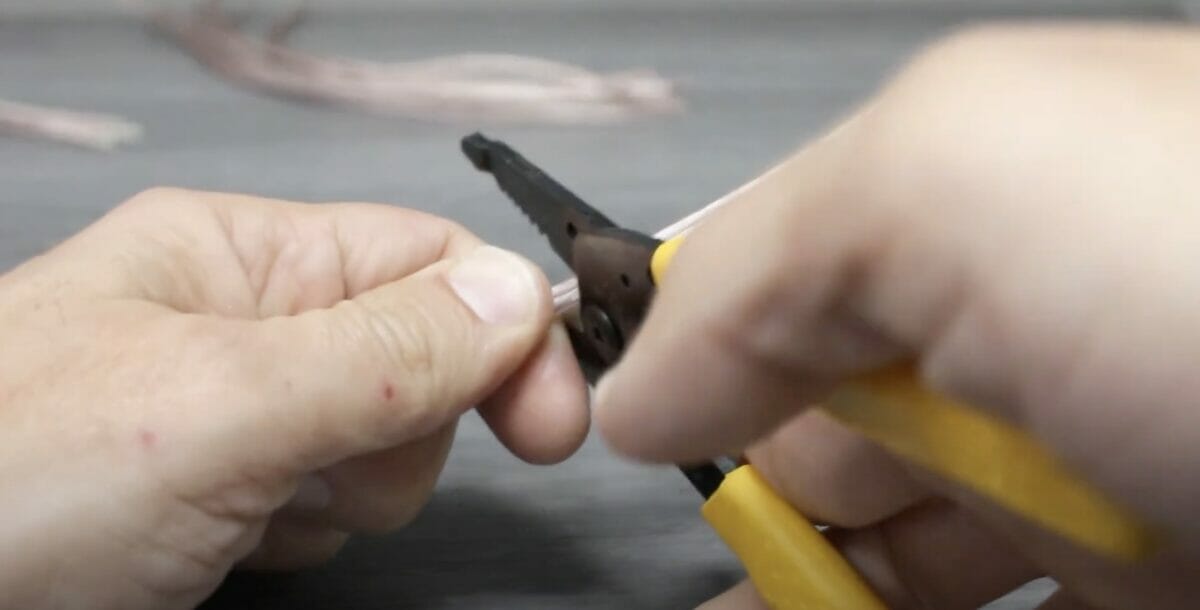
Do you think it’s time to give your speakers a little makeover? Well, you’re in the right place! But first, let me give you a warning. Working with speaker wires can be tricky, and if not done properly, it could lead to some damage. So, let’s make sure we get this right.
First things first – gather all the necessary tools. You’ll need a wire cutter or a pair of scissors that are sharp enough to cut through the wire. In addition, having some electrical tape on hand wouldn’t hurt either.
Here is what you will need:
| Tool | Purpose |
|---|---|
| Wire Cutters | To cleanly cut through the wire |
| Wire Stripper | To remove insulation from wire ends |
| Safety Glasses | To protect eyes during cutting/stripping process |
| Electrical Tape/Heat-Shrink Tubing | For insulating exposed wire ends |
Now, onto the cutting part! Here’s how:
- Switch off everything – To avoid nasty shocks, ensure your stereo system is disconnected from power completely.
- Identify the wire – Locate the specific speaker wire you want to cut.
- Measure twice – Double-check your measurements before making any cuts.
- Cut carefully – With your tool of choice, apply pressure on the spot where you want to split the wire, but don’t rush.
- Tape it up – Use electrical tape to insulate any exposed wires.
Just stick to these steps, and I promise you’ll have no problem trimming those speaker wires exactly how you want them.
Steps to Joining Wires After Cutting
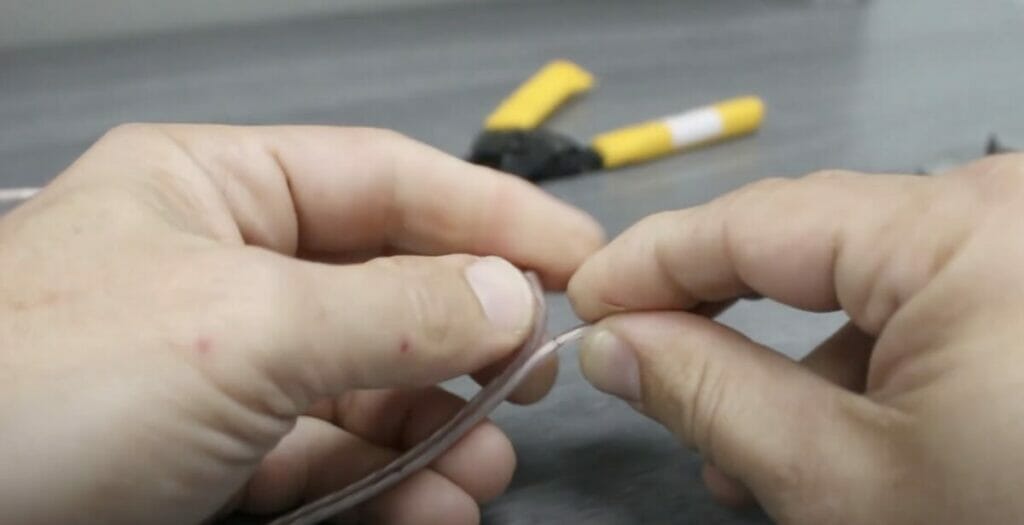
So, you’ve cut your speaker wires, and now you’re wondering how to regain that pristine sound quality? Don’t fret! I have some tips to help you maximize the sound quality after wire cutting.
Step 1: Stripping. Properly strip the insulation at both ends to expose the bare metal conductor for a clean connection between your speaker and amplifier or receiver.
Step 2: Twisting. After stripping, twist the strands of each wire firmly together. This minimizes air gaps, ensuring better signal transmission.
Step 3: Soldering. If possible, solder the connections to seal potential gaps, providing a solid path for electrical signal transmission.
Step 4: Connector Types. Choose between Banana Plugs or Spade Connectors. Banana plug easily plugs into the binding post on your speakers and amplifiers, while the Spade Connectors slide onto binding posts and are tightened by screwing them in place.
| Connector Type | Ease of Use | Secure Connection |
|---|---|---|
| Banana Plugs | High | Moderate |
| Spade Connectors | Moderate | High |
Don’t underestimate these simple steps; they can make all the difference in delivering crystal clear sounds from your speakers after cutting wires.
Common Mistakes When Cutting and Handling Speaker Wires
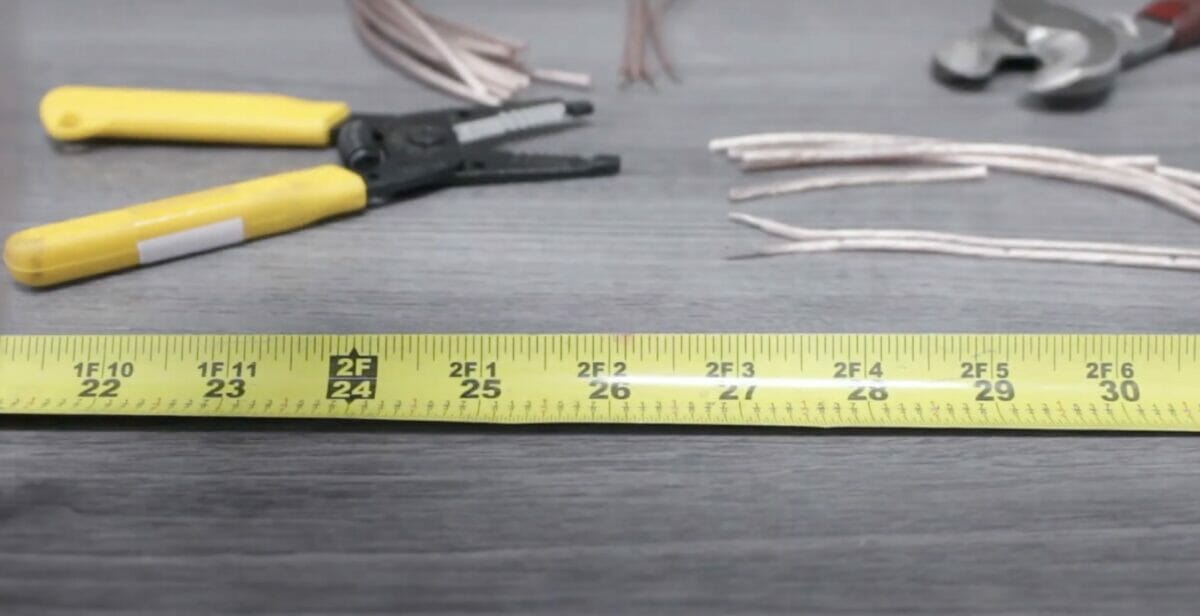
So, you’re ready to upgrade your home sound system. That’s awesome! But hold on a second before snipping away at those speaker wires. It’s surprisingly easy to make mistakes when handling these delicate components. Let me share some common blunders I’ve seen over the years.
Mistake 1: Cutting without Measuring. I can’t stress this enough – remember the old carpenter’s rule: “Measure twice, cut once.” You’d be surprised how many people overlook this crucial step and end up with wires that are either too short or unnecessarily long.
Mistake 2: Using the Wrong Tools. Using kitchen scissors or any old cutter lying around won’t do justice to your high-quality speaker wire. Instead, invest in a good wire stripper or cutter designed for this job.
Mistake 3: Not Considering Wire Polarity. Most speaker wires have one side marked (either by color or texture), corresponding to the positive terminal on your speaker and amp/receiver. If you mix up these terminals while hooking everything up, it won’t sound pretty!
Mistake 4. Stripping Too Much Insulation. Stripping too much insulation off the ends of your speaker wires can lead to shorts if bare cables touch each other or metallic parts of your equipment. Aim for just about 1/2 an inch of exposed wire.
Working with electronics isn’t something you should take lightly, but with some caution and these handy tips up your sleeve, dealing with speaker wires doesn’t have to be daunting at all!
Alright then! This was my last piece of advice for today’s topic, but don’t worry – I’ll be back soon with more useful tips and tricks for you guys!
References
Organizations:
- Audio Engineering Society (AES). https://aes2.org/
- Consumer Electronics Association (CEA). https://www.cta.tech/
Books:
- “The Loudspeaker Design Cookbook” by Vance Dickason. https://www.amazon.com/Loudspeaker-Design-Cookbook-Vance-Dickason/dp/1882580338
- “Introduction to Electroacoustics and Audio Amplifier Design” by W. Marshall Leach. https://www.amazon.com/INTRODUCTION-ELECTROACOUSTICS-AUDIO-AMPLIFIER-DESIGN/dp/0757503756
Video References:
Pacer
